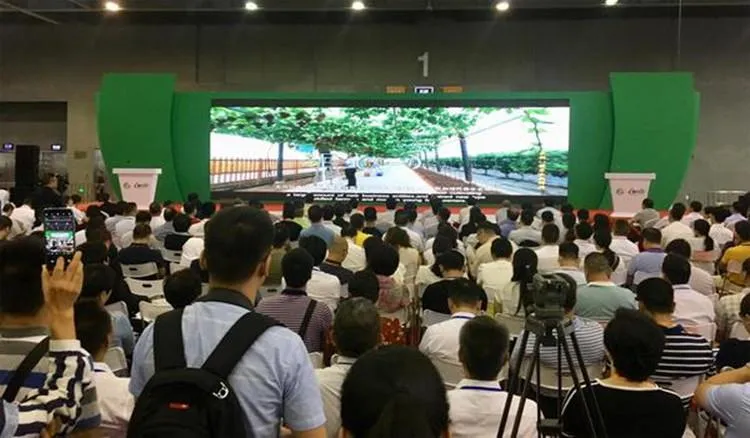Walk-In Cooler Equipment Sizing Guide | Optimize Your Refrigeration Needs
Walk-In Cooler Equipment Sizing A Comprehensive Guide
When it comes to maintaining the efficiency and functionality of a walk-in cooler, proper equipment sizing is essential. A well-sized cooler not only ensures optimal temperature control but also enhances energy efficiency, which is crucial for both operational costs and food safety. In this article, we will delve into the key aspects of walk-in cooler equipment sizing, helping you make informed decisions for your refrigeration needs.
Understanding the Basics of Sizing
The first step in sizing a walk-in cooler is determining the volume of space that needs to be cooled. This is typically measured in cubic feet. To calculate the total volume, measure the length, width, and height of the cooler and multiply these dimensions. For instance, a cooler that is 10 feet long, 8 feet wide, and 7 feet high will have a total volume of 560 cubic feet (10 x 8 x 7 = 560).
Once the total volume is established, consider the type of products that will be stored. Different items have varying temperature requirements. Perishable items such as dairy products may require lower temperatures than fruits and vegetables. This distinction is vital as it influences the cooling capacity needed for the walk-in unit.
Cooling Load Calculation
Next, calculate the cooling load to determine the capacity of the refrigeration system required. The cooling load depends on several factors, including the ambient temperature of the surrounding environment, the heat generated by products stored inside, and other external heat sources, such as lighting and equipment.
To perform a cooling load calculation, consider the following parameters
walk in cooler equipment sizing

1. Insulation The quality of insulation affects heat gain. A well-insulated cooler maintains its temperature more effectively, reducing the required cooling capacity. 2. Product Load Factor in the initial product load and how frequently you will be opening the cooler door.
3. Ventilation If the area surrounding the cooler has high humidity or temperature, this might affect the internal conditions.
For best results, consulting with a refrigeration professional or using specialized software can help ensure accurate calculations.
Selecting the Right Equipment
Once you have the necessary calculations, it's time to select the right refrigeration unit. Walk-in coolers typically use either self-contained or split system refrigeration. Self-contained units are easier to install and ideal for smaller spaces, while split systems offer more flexibility and greater capacities for larger operations.
Additionally, consider the energy efficiency rating of the unit. Choosing energy-efficient models can lead to significant cost savings over time.
Conclusion
Proper equipment sizing for walk-in coolers is crucial for operational efficiency and product safety. By accurately calculating the cooler's volume and cooling load, and selecting the appropriate refrigeration system, you can ensure that your cooler operates optimally, ultimately benefiting your business in the long run. Investing time in sizing will pay off through enhanced performance and reduced energy costs.
















































































































